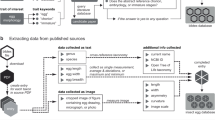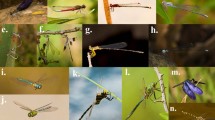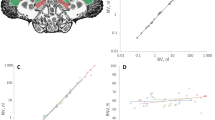Abstract
IN the space of 140 pages, Dr. Eltringham has been successful in furnishing a concise yet lucid account of the standard methods employed in the study of the anatomy and histology of insects. The initial chapters of the book are devoted to a description of the apparatus and materials required for the cutting and staining of sections. There is a useful chapter on the dissection and preparation of the genitalia, the characters of which are now extensively used by systematists for the differentiation of species. Of not the least importance is the chapter on the mounting of small entire insects, contributed by Mr. H. Britten, who recommends a method which is at once simple, effective, and timesaving.
Histological and Illustrative Methods for Entomologists.
Dr. H. Eltringham. With a Chapter on Mounting Whole Insects, by H. Britten. Pp. xi + 139. (Oxford: Clarendon Press; London: Oxford University Press, 1930.) 7s. 6d. net.
This is a preview of subscription content, access via your institution
Access options
Subscribe to this journal
Receive 51 print issues and online access
$199.00 per year
only $3.90 per issue
Buy this article
- Purchase on Springer Link
- Instant access to full article PDF
Prices may be subject to local taxes which are calculated during checkout
Similar content being viewed by others
Rights and permissions
About this article
Cite this article
C., A. Our Bookshelf. Nature 127, 364–365 (1931). https://doi.org/10.1038/127364c0
Issue Date:
DOI: https://doi.org/10.1038/127364c0
Comments
By submitting a comment you agree to abide by our Terms and Community Guidelines. If you find something abusive or that does not comply with our terms or guidelines please flag it as inappropriate.



